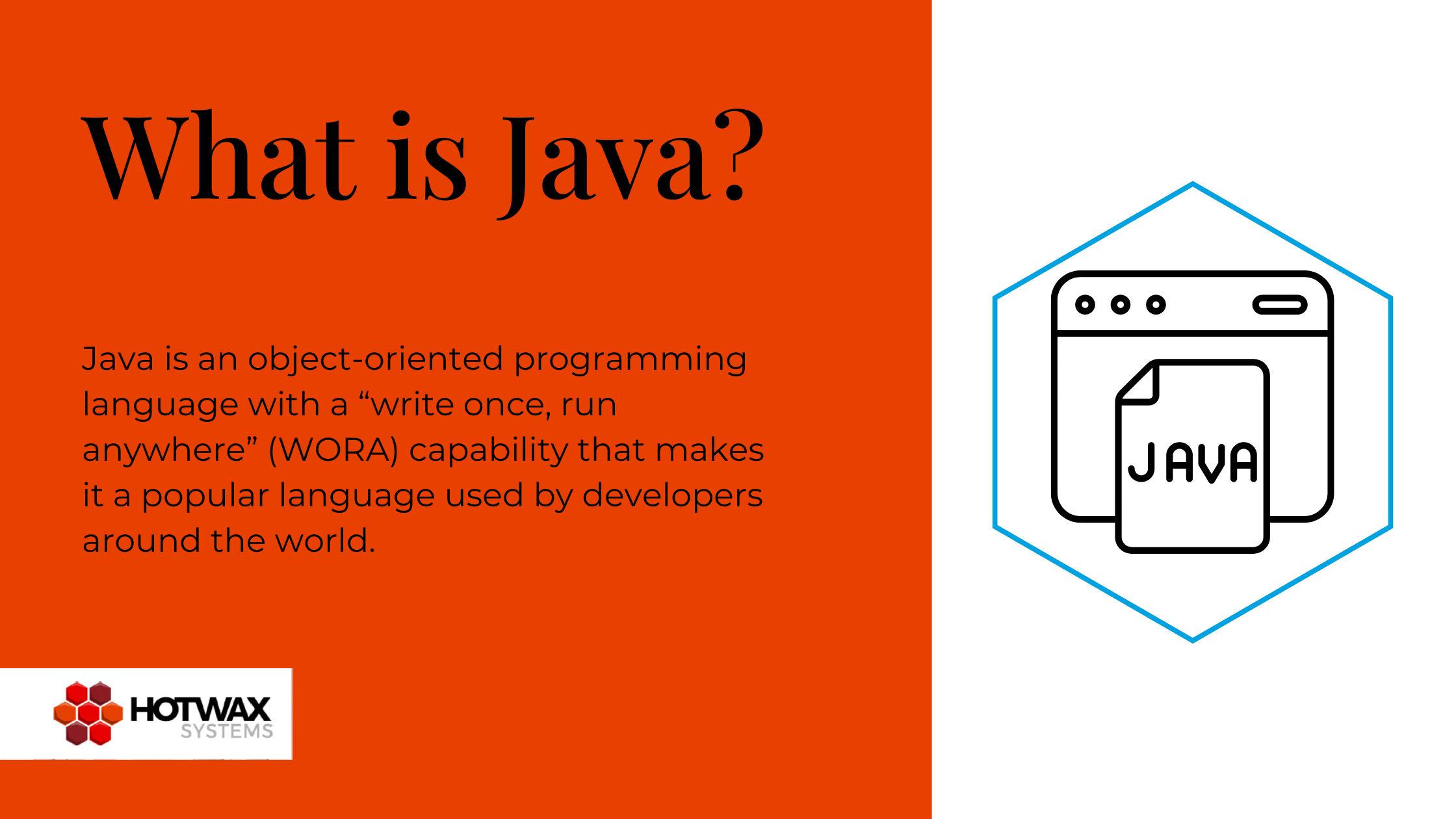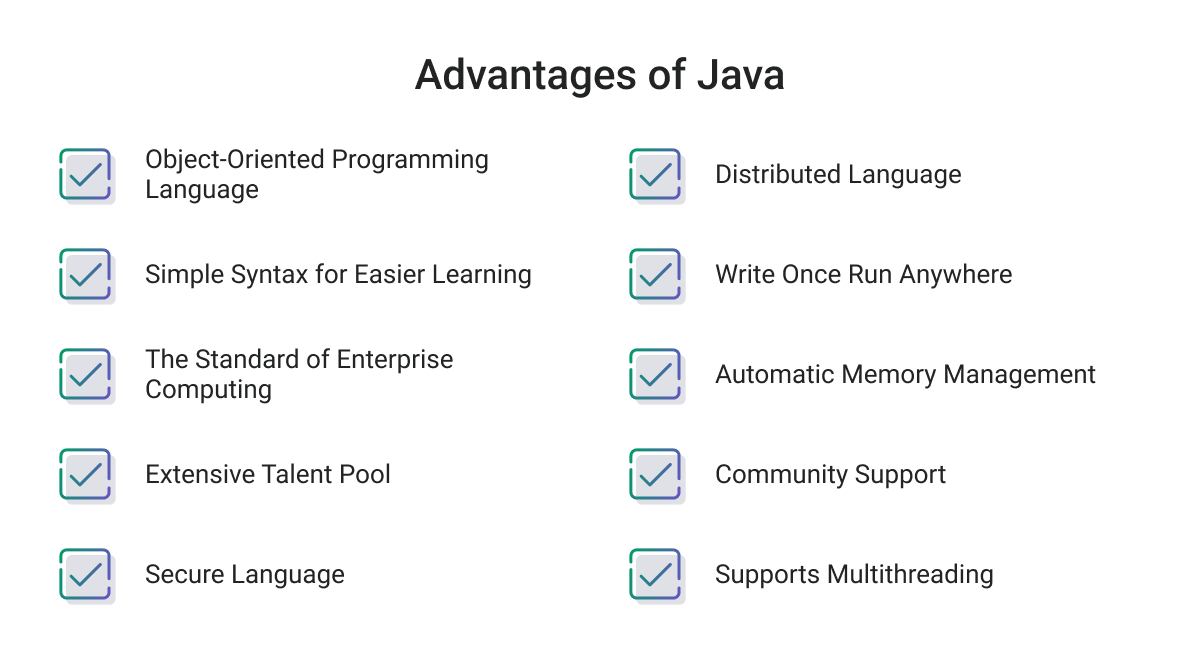what is Java

Java is a high-level, object-oriented programming language developed by Sun Microsystems (now owned by Oracle). It is known for its platform independence, meaning that Java programs can run on any device that has a Java Virtual Machine (JVM) installed. Java is commonly used for building web applications, mobile apps, desktop applications, and enterprise software. It is also widely used in the development of Android apps.
why Java

Java is a widely-used programming language that is known for its versatility, portability, and reliability. Here are some reasons why Java is a popular choice for developers:
1. Platform independence: Java is a platform-independent language, meaning that it can run on any operating system without the need for recompilation. This makes it easy to write once and run anywhere, which is a key advantage for developers.
2. Object-oriented programming: Java is an object-oriented language, which means that it allows for the creation of modular and reusable code. This makes it easier to maintain and update code, as well as improve code readability and organization.
3. Large ecosystem: Java has a large ecosystem of libraries, frameworks, and tools that make it easy to build
advantage of Java

Pros of Java:
1. Platform independence: Java programs can run on any platform that supports Java without the need for recompilation.
2. Object-oriented programming: Java is an object-oriented language, which makes it easier to write and maintain code.
3. Large standard library: Java comes with a large standard library that provides pre-built functions and classes for common tasks.
4. Strong community support: Java has a large and active community of developers who contribute to forums, blogs, and tutorials.
5. Security: Java has built-in security features that help protect against security threats such as viruses and malware.
Cons of Java:
1. Performance: Java can be slower than other programming languages like C++ due to its interpreted nature.
2. Memory consumption
disadvantage of Java

Pros of Java:
1. Platform Independence: Java code can run on any platform that has a Java Virtual Machine (JVM), making it highly portable.
2. Strong Community Support: Java has a large and active community of developers, providing access to a wealth of resources and libraries.
3. Object-Oriented Programming: Java is an object-oriented language, making it easier to organize and manage code.
4. Robust Standard Library: Java comes with a comprehensive standard library, providing developers with a wide range of tools and functionalities.
5. Security: Java has built-in security features, such as sandboxing and encryption, to protect against security threats.
Cons of Java:
1. Slower Performance: Java programs can be slower compared to other languages
features of Java
1. Object-oriented: Java is an object-oriented programming language, which means it allows for the creation of modular and reusable code through the use of classes and objects.
2. Platform-independent: Java is a platform-independent language, which means that code written in Java can run on any platform that has a Java Virtual Machine (JVM) installed.
3. Simple and easy to learn: Java was designed to be easy to learn and use, with a syntax similar to C and C++. This makes it a popular choice for beginners and experienced programmers alike.
4. Robust and secure: Java is known for its robustness and security features, including automatic memory management, strong type checking, and exception handling.
5. Multi-threaded: Java supports multi
what is compiler

A compiler is a software program that translates code written in a high-level programming language into machine code that can be executed by a computer. This process involves several stages, including lexical analysis, syntax analysis, semantic analysis, code optimization, and code generation. The compiler ensures that the code is error-free and efficiently translated into executable instructions for the computer to follow.
what is assembler

Assembler is a type of computer programming language that is used to convert assembly language code into machine code. It is a low-level language that closely corresponds to the machine language instructions of a specific computer architecture.
Example:
Assembly language code:
MOV AX, 5
ADD AX, 10
INT 3
Equivalent machine code:
B8 05 00
05 00
CC
Advantages of using Assembler:
1. Faster execution speed compared to high-level languages.
2. Allows for precise control over hardware resources.
3. Ideal for writing system-level programs or device drivers.
Disadvantages of using Assembler:
1. Steeper learning curve compared to high-level languages.
2. Code written in assembler is not as portable across